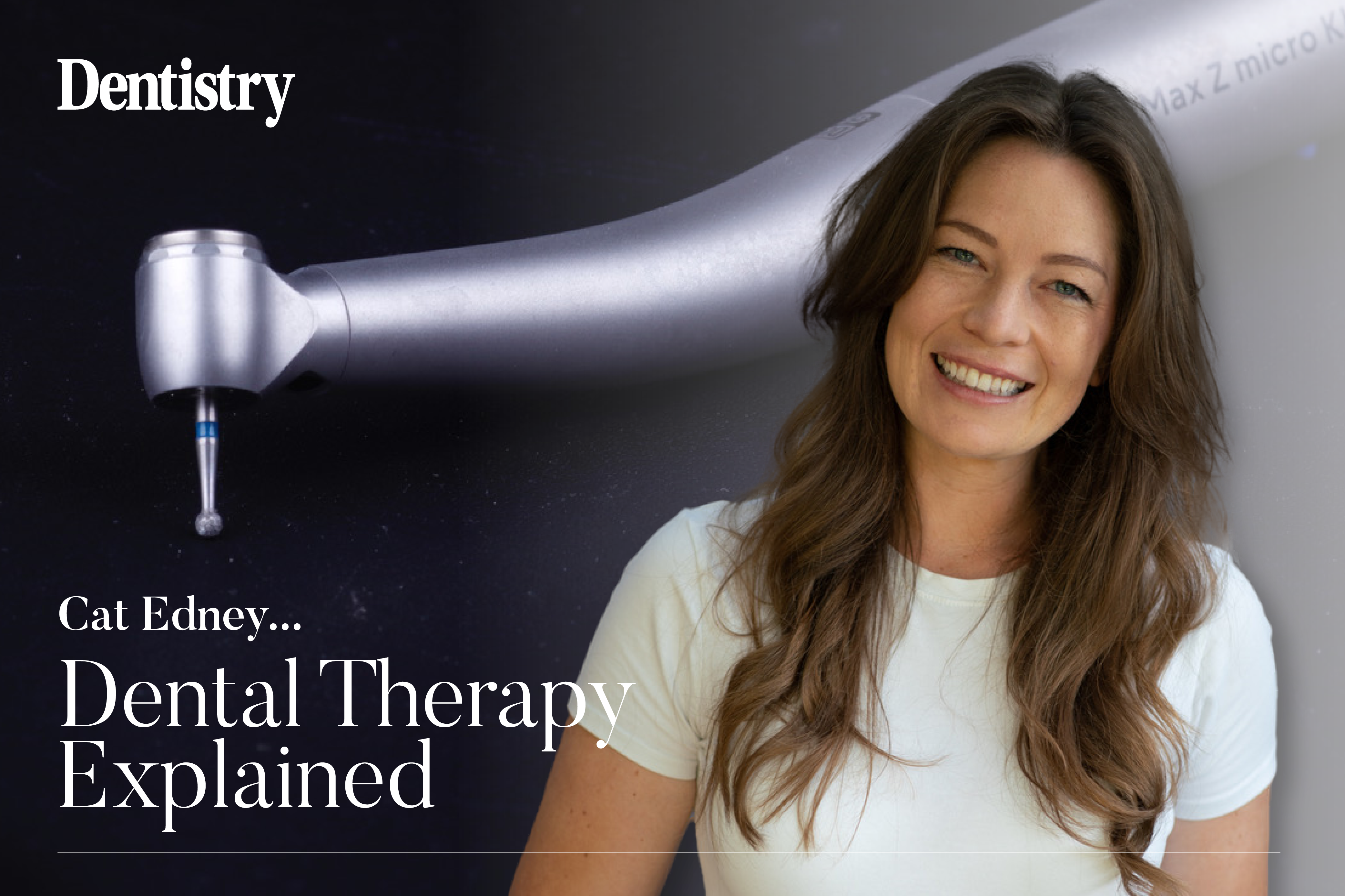
This month, Cat Edney discusses the concept of confidence – how can practices encourage dental therapists to feel confident and colleagues to have confidence in them?
There is an elephant in the room that I have found hard to ignore over the course of my year meeting with hundreds of dental professionals: confidence. Confidence in dental therapy and also confidence within dental therapy.
There is a real unspoken feeling of impostor syndrome for dental therapists who are looking at working to their full scope and taking on the responsibility of providing dental check-ups.
I wanted to explore this and understand where this issue is coming from. But also what can be done to improve the status quo. As dental practices are moving into the 21st century, many are moving toward a more shared care model. What can the profession do to ensure we are all confident in this? In no small part this lack of confidence can come from a history of dental clinicians working in silos – working in a team as opposed to working as part of a team.
If you scour the dental social media chat rooms you will see countless anonymous posts asking timeless questions about what should be done in X situation. What am I allowed to do as a therapist – or what can our therapist do? This alongside questions on pay, terms, conditions, misunderstandings or miscommunications.
My time working with practices has taught me that communication is a critical starting point to establishing confidence.
Understand the role
The lack of awareness of the dental therapist role has slowly but surely been improving thanks to social media, news outlets and the work of a number of dental professionals. Not to mention the stellar efforts of our associations.
However, tailoring the role of your dental therapist to meet your individual practice demands and demographic will ensure a deeper understanding between the staff and clinicians. Take time to sit down and map out the patient journey. How does your dental therapist fit into this journey and what roles and responsibilities do they have?
It can be worth referring back to the GDC Scope of Practice document and refreshing your awareness of the role. To further cement these roles, consider colour coding treatments the therapist should undertake in your diaries. It then becomes obvious to the team which appointment types should be booked into which diary.
Discuss the limitations and opportunities
Are there competence gaps that need to be addressed? Dental therapists who have been working as dental hygienists may find it useful to access CPD that covers these gaps. Or to be given the opportunity to spend time with clinicians at your practice refining their knowledge and skills.
I often advocate for the practice of shadowing. This works both ways – allowing clinicians to spend time together in one appointment and learn from their communication style, their exam process or their restorative systems. This can help in a number of ways but also it can be a foundation for standardisation amongst clinicians.
When you develop a shared care system in practice it is crucial that clinicians have some level of standardisation. This creates a team that are in alignment with their treatment planning and execution.
Plan and perfect
Creating protocols that reflect the basic level of standardisation you have developed as a team will give your team confidence that their decision-making process alongside the patient is also backed up by the team around them.
This could be as simple as outlining which treatments should be planned first, or which clinicians accept which referrals. Planning and then refining these protocols as a team will give all clinicians confidence that the referrals they receive and send are appropriate.
I also advocate the use of digital communication tools in order to support these referrals. Being able to include digital photography or scans of a tooth planned for a crown can give far more information on restorability than our traditional analogue charting system does.
Review and repeat
Finally, plan for change and accept that not every team, patient journey or protocol will be perfect from the start. Protocols should be seen as live documents that adapt and change as new information, materials and treatment modalities come out.
Supporting your team with regular check-ins, the expectation that they will want to refine areas of their role, and also empowering them to make changes where necessary creates a foundation for clinicians to grow in their confidence and within your team.
Catch up with Cat’s previous columns:
- Dental therapists – recruitment, renumeration, retention
- Implementing the therapy-led model
- Digital dental therapy
- Education and personal development
- The financial benefit of a dental therapist.
Follow Dentistry.co.uk on Instagram to keep up with all the latest dental news and trends.


